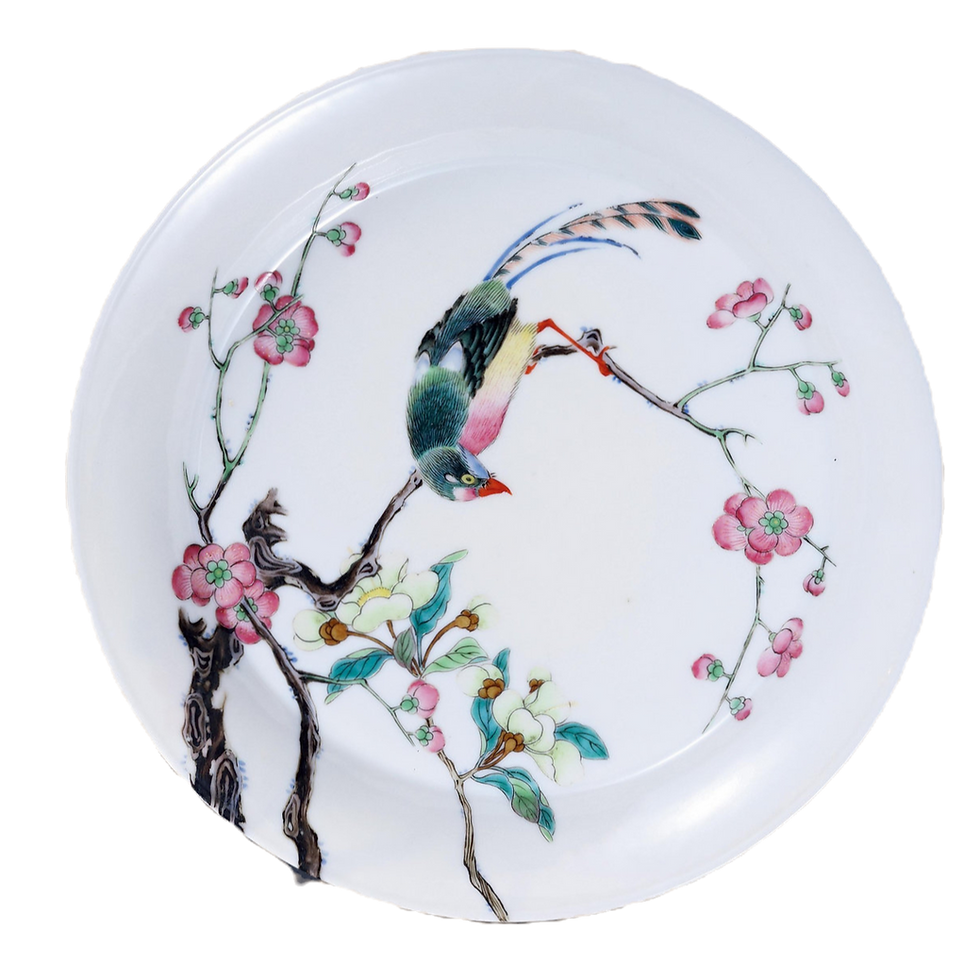Remembering the Art Collectors Lost to the Holocaust: A Legacy of Looted Art
- Philippe Smolarski
- Jan 29
- 3 min read
As we commemorate the 80th anniversary of the liberation of Auschwitz in 2025,I wish to turn our attention to one of the Holocaust's lesser-known narratives.– the systematic destruction of Jewish art collectors and the plundering of their beloved collections. This isn't just about the art itself, but about the lives, passions, and souls intertwined with each masterpiece.
I think of Paul Nathan Fürst, whose extraordinary collection of Dutch masters brightened the walls of his Berlin home until 1943. Before his deportation to Theresienstadt, where he would later perish, his collection of Rembrandts and Vermeers was seized by the Nazis. Each painting represented not just monetary value, but years of careful selection, deep appreciation, and the joy of living with beauty.
Jacques Goudstikker's story particularly moves me. This Amsterdam-based collector and dealer had an eye for Italian Renaissance works that was unmatched. His collection of over 1,400 works included masterpieces by Jan Steen and Rembrandt. He died while fleeing the Nazis in 1940, and his entire collection was looted by Hermann Göring. The image of his meticulous inventory book, which his wife managed to save, speaks volumes about his dedication to art.
The Bloch-Bauer family of Vienna, whose story became widely known through the famous "Woman in Gold" case, had assembled one of the finest collections of Gustav Klimt's works. Adele Bloch-Bauer, who died before the war, could never have imagined that her niece Maria Altmann would spend decades fighting for the return of her portrait.
Alphonse Kann's Paris collection was legendary – from Impressionist masterpieces to medieval manuscripts. When the Nazis looted his home in 1940, they took over 1,200 pieces. He survived the war, but died in 1948, having recovered only a fraction of his collection.
The numbers stagger me: roughly 100,000 pieces of Nazi-looted art remain unaccounted for today. But this isn't just about numbers. Each painting, sculpture, or manuscript that finds its way back to its rightful heirs represents something profound – a small victory against the vast darkness of the Holocaust. When we return these pieces, we're not just righting a historical wrong. We're honoring the memory of collectors who saw art as a window to the human soul, who found joy and meaning in beauty before their lives were brutally cut short.
I think often of the words of Maria Altmann, who fought for and won back her family's Klimt paintings. She said, "This is not about money. This is about justice and a recognition of history." Each restituted artwork carries within it not just pigments and canvas, but the spirit of those who loved it, cherished it, and ultimately died defending the civilization it represented.
These collections weren't just possessions – they were expressions of humanity's highest aspirations, carefully curated by individuals who believed in beauty's power to elevate the human spirit. In seeking their return, we affirm that while lives were tragically ended, the cultural legacy of these collectors cannot be erased.
Like a kaddish painted in oils and carved in marble, every returned artwork stands as a testament to those who lived for beauty and died because of hatred. Their legacy lives on in every piece that finds its way home.
"Art speaks to the soul in ways words cannot. When we restore these pieces to their rightful heirs, we restore not just property, but memory itself. For in each brushstroke lies the echo of those who loved these works, who lived with them, and who ultimately perished defending the civilization that created them." - Simon Goodman, author of "The Orpheus Clock" and descendant of art collectors lost in the Holocaust




Comments